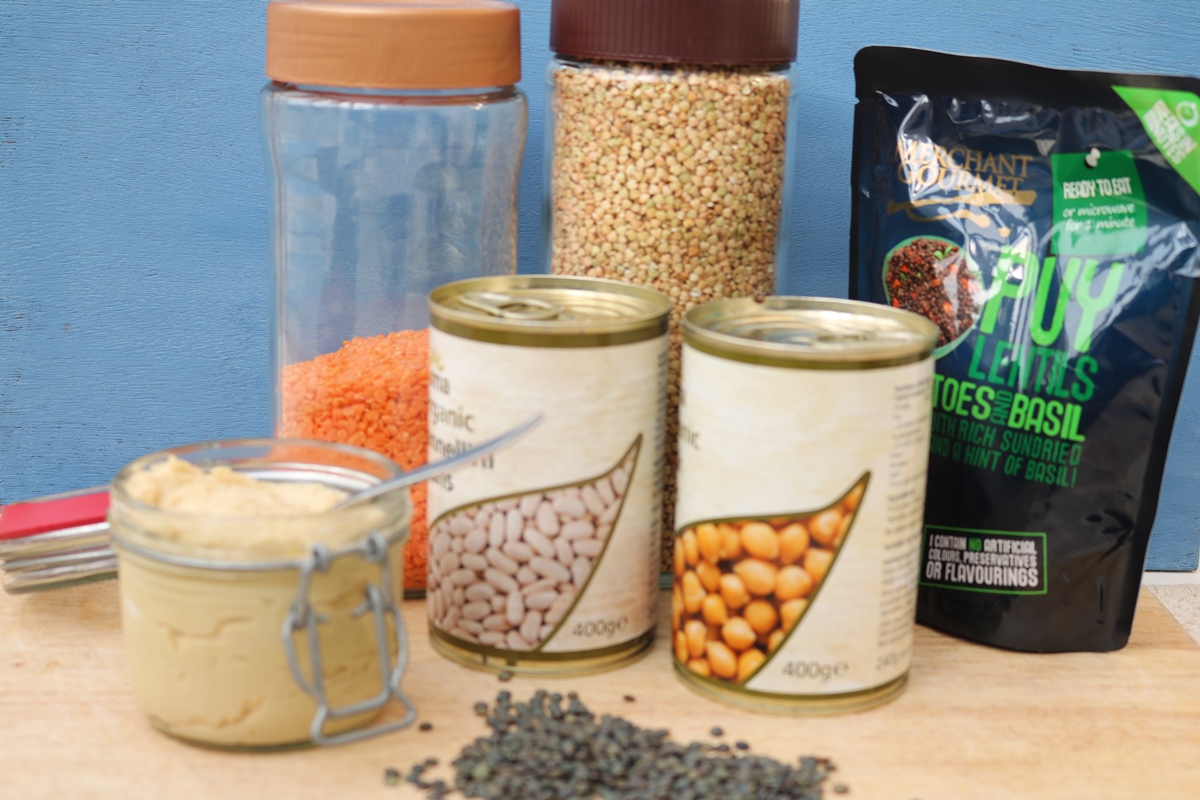
Healthy Eating on a Budget – part 1
Healthy Eating on a Budget – Part 1
People often complain that eating healthily costs more but I’m not sure that I agree. In order to eat more healthily you need to major on vegetables and vegetables are not the most expensive food especially if you are selective about where and what you buy. Some organic and trendy vegetables can be expensive but things like root vegetables and many greens are not. If you shop in street markets especially when it’s near to closing time you can often pick up enormous amounts at very reasonable prices.
Growing a few vegetables also helps if you have room. Things like runner beans, courgettes and chard are very easy to grow and are rarely affected by pests and diseases. Even if you don’t have a garden you can grow a few herbs on your windowsill and save a lot of money. I like to grow my own herbs for teas and in summer I always have cut mint, lemon balm and fennel in a vase in the kitchen ready to make a pot of tea. These herbs can also be dried for use in winter but I also like to freeze down mint, parsley and coriander in ice cube trays topped up with water. This keeps their flavour and it’s easy then to pop a cube in a casserole, soup or stew.
Buying wholefoods such as nuts, seeds, dried fruit and grains can be expensive in the supermarkets but lots of places now have wholefood shops where you can buy in bulk or you can shop online for these. I get a delivery every few months and store the produce in the garage where I have an old fridge for keeping nuts and seeds cool. This works out much cheaper and means that I always have a good supply in stock.
Pulses and beans are great allies for healthy eating on a budget. They are low in fat and high in protein, fibre and micro-nutrients. They can be used on their own in meals such as lentil bolognaise (see Cooking Without recipes) or to help stretch more expensive meat or fish proteins. I often add a tin of beans to casseroles and stews or serve fish on a bed of lentils.
If you buy packets of dried beans and pulses you save much more than if you buy tins or pouches. The larger ones do need soaking (see packet instructions) and they do take a little while to cook but so long as you factor that into your cooking you can make cheap and satisfying meals with the addition of some vegetables. Even using tins can work out cheaper especially with dishes such as hummous. A tin of beans will make two large pots – one of which can be frozen if not needed.
To be continued.
